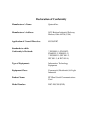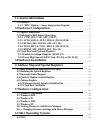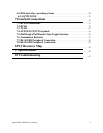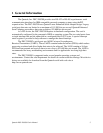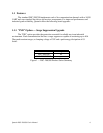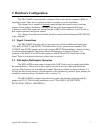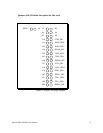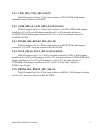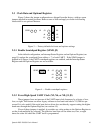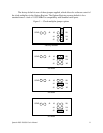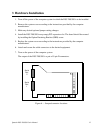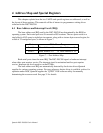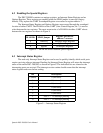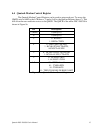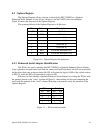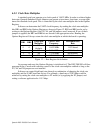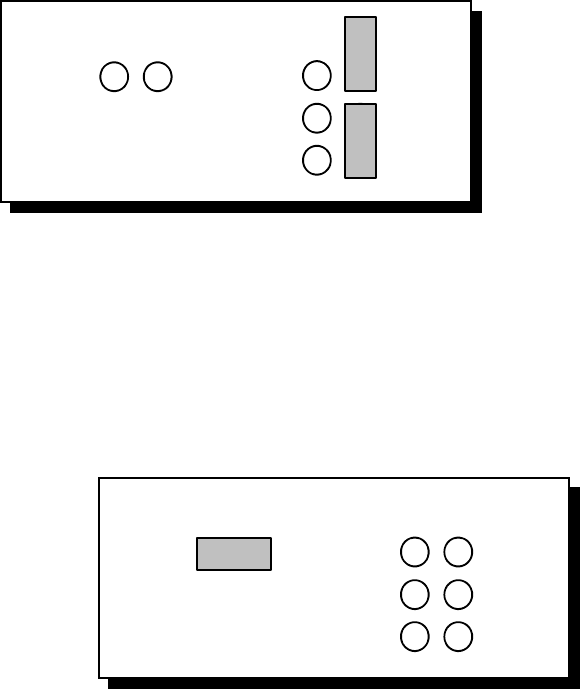
2.3 Clock Rate and Optional Registers
Figure 3 shows the jumper configuration as shipped from the factory, with two spare
jumpers applied in neutral positions. Remove one or both and apply as shown in following
subsections to set optional features.
X8
X4
X2
J3
J4
J5
J2
SPAD
Figure 3 --- Factory default clock rate and options settings
2.3.1 Enable Scratchpad Register (SPAD, J2)
In the default configuration, an Interrupt Status Register and an Options Register (see
page 15) replace the scratchpad (base address + 7) of each UART. If the SPAD jumper is
applied as in Figure 4, the UART scratchpad registers are enabled, and the Interrupt Status
Register and the Options Register are not available.
X8
X4
X2
J3
J4
J5
J2
SPAD
Figure 4 --- Enable scratchpad registers
2.3.2 Force High-Speed UART Clock (X2, X4, or X8, J3-J5)
These jumpers force an increase of the UART input clock frequency by a factor of two,
four, or eight. This feature can allow legacy software to use baud rates above 115,200 bits per
second. It is also useful if the serial port device driver does not directly support setting the higher
baud rates through the Options Register (see section 4.5).
If one of these jumpers is applied, it overrides any value written to the Options Register to
set the clock multiplier by software. The effective baud rate will be either two, four, or eight
times the value for which the UART itself is programmed.
Quatech DSC-200/300 User's Manual 10



